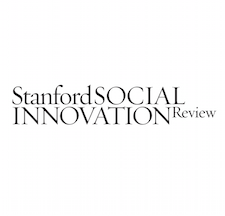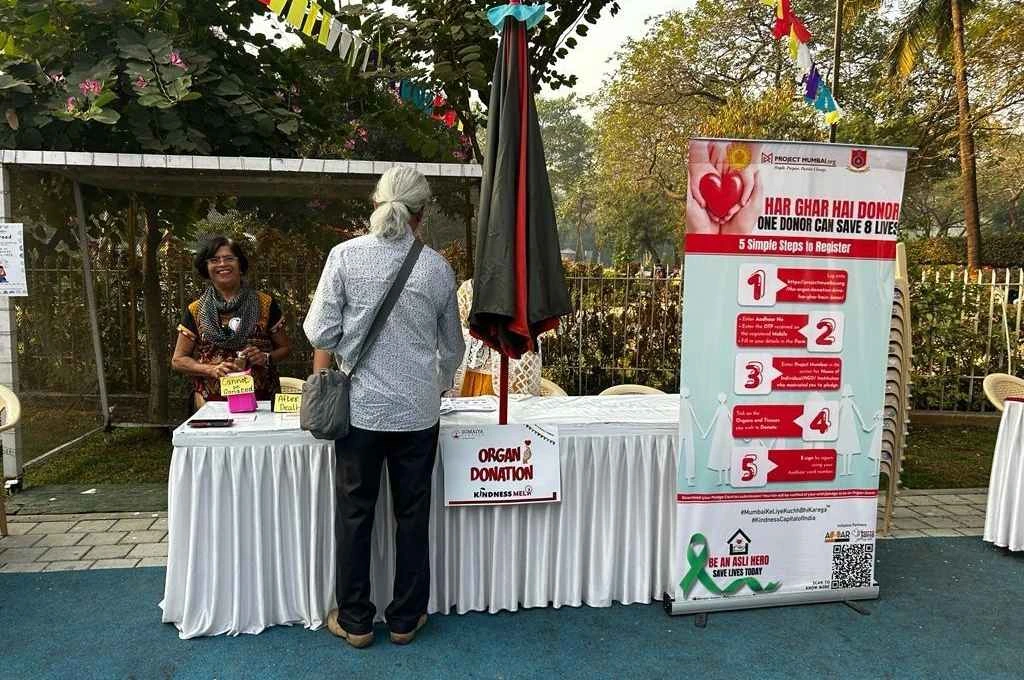As the world faces the climate crisis, international protests for racial justice, a global pandemic, and an economic downturn, the social change sector is struggling. Organizations across the spectrum are experiencing funding delays and decreases, project slowdowns, and staff reductions. In the midst of these challenges, staff resilience, collaboration, and innovation are emerging as sector-wide priorities, and leaders are asking what steps they can take to create healthier organizational cultures that support these needs.
Our research at The Wellbeing Project (TWP) has shown that leaders who advocate for and model individual well-being and self-care, and engage with their staff in a well-being learning process can create healthier, more effective organizations. Self-care practices include actions as diverse as self-inquiry, cultivating emotional intelligence, and spending time in nature. Leaders committed to promoting well-being within their organization can also benefit from working with a coach or facilitator experienced in group dynamics and dialogue, co-developing an organizational well-being strategy with staff, and integrating well-being strategies into the daily workflow through incremental changes to structure, policy, and practice. Indeed, many leaders believe that now—when so many organizations are necessarily changing the way they work—is an optimal time to enact small shifts that foster organizational well-being.
This is an excerpt from the article Bringing Organizational Well-Being to Life by Linda Mitz Sadiq.
This article is a part of a special series on the connection between inner well-being and social change, in partnership with The Wellbeing Project, Stanford Social Innovation Review, Schwab Foundation at the World Economic Forum, and Skoll Foundation.





